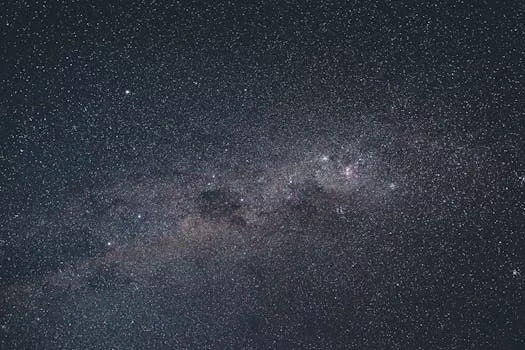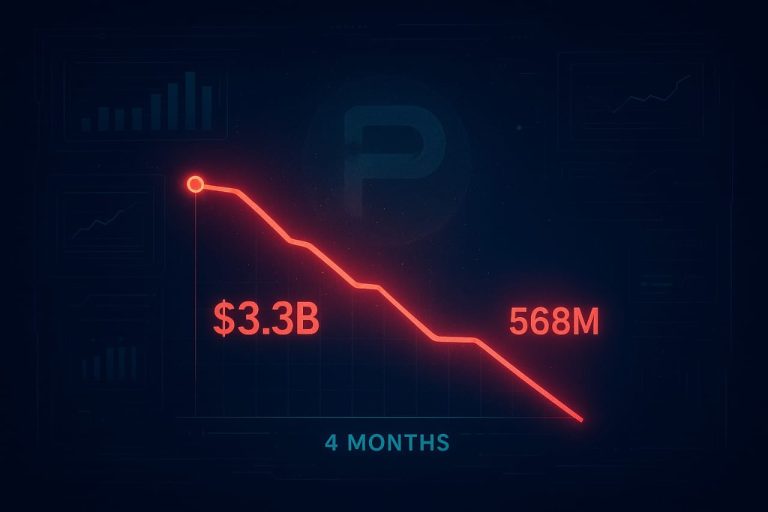
“
Beyond the Milky Way: Imagining New Worlds and Possibilities
Introduction to the Cosmos
Beyond the Milky Way: Imagining New Worlds and Possibilities is an exciting topic that has captured the imagination of people for centuries. The possibility of exploring new worlds and discovering new life forms is a tantalizing prospect that has driven human innovation and space exploration. As we continue to push the boundaries of what is possible, we are forced to consider the vastness of the universe and the potential for life beyond our galaxy.
The Milky Way is just one of billions of galaxies in the observable universe, and each galaxy contains billions of stars and potentially billions of planets. The sheer scale of the universe is staggering, and it is likely that there are many planets that are similar in size and composition to Earth, and could potentially support life. For more on this topic, check out Galaxies of Dreams: How Imagination Transcends the Night Sky.
Exploring the Vast Expanse of Space
As we explore the universe, we are constantly reminded of the vast distances between objects and the challenges of space travel. The fastest spacecraft ever built, Voyager 1, has been traveling for over 40 years and has only reached a distance of about 14 light-hours from Earth. This means that even at high speeds, it would take many years to reach the nearest star outside of our solar system, Proxima Centauri, which is about 4.24 light-years away.
Despite these challenges, space agencies and private companies are working on developing new technologies that could enable faster and more efficient space travel. For example, NASA is currently developing a new heavy-lift rocket called the Space Launch System (SLS), which will be capable of carrying astronauts and cargo on deep space missions. Private companies such as SpaceX and Blue Origin are also working on developing reusable rockets and spacecraft that could significantly reduce the cost of access to space. To learn more about the imaginative aspects of space travel, read Soaring Through the Cosmos: The Power of Imagination Beyond the Stars.
Imagining New Worlds and Possibilities
As we continue to explore the universe, we are constantly imagining new worlds and possibilities. The discovery of exoplanets, which are planets that orbit stars other than the Sun, has opened up new possibilities for the search for life beyond Earth. Many of these exoplanets are believed to be located in the habitable zones of their respective stars, which means that they could potentially support liquid water and life. This exciting search is a key theme in Cosmic Creativity: How Imagination Soars Beyond the Constellations.
The possibility of discovering life beyond Earth is a tantalizing prospect that has driven human innovation and space exploration. From the search for radio signals from other civilizations to the study of the origins of life on Earth, scientists are working to understand the possibility of life existing elsewhere in the universe.
Takeaways
- The universe is vast and contains billions of galaxies, each with billions of stars and potentially billions of planets.
- The possibility of discovering life beyond Earth is a tantalizing prospect that has driven human innovation and space exploration.
- Space agencies and private companies are working on developing new technologies that could enable faster and more efficient space travel.
- The discovery of exoplanets has opened up new possibilities for the search for life beyond Earth.
Conclusion
Beyond the Milky Way: Imagining New Worlds and Possibilities is a topic that continues to capture the imagination of people around the world. As we continue to explore the universe and push the boundaries of what is possible, we are constantly reminded of the vastness of the universe and the potential for life beyond our galaxy. Whether or not we ultimately discover life beyond Earth, the search for life and the exploration of the universe will continue to drive human innovation and inspire new generations of scientists and explorers.






